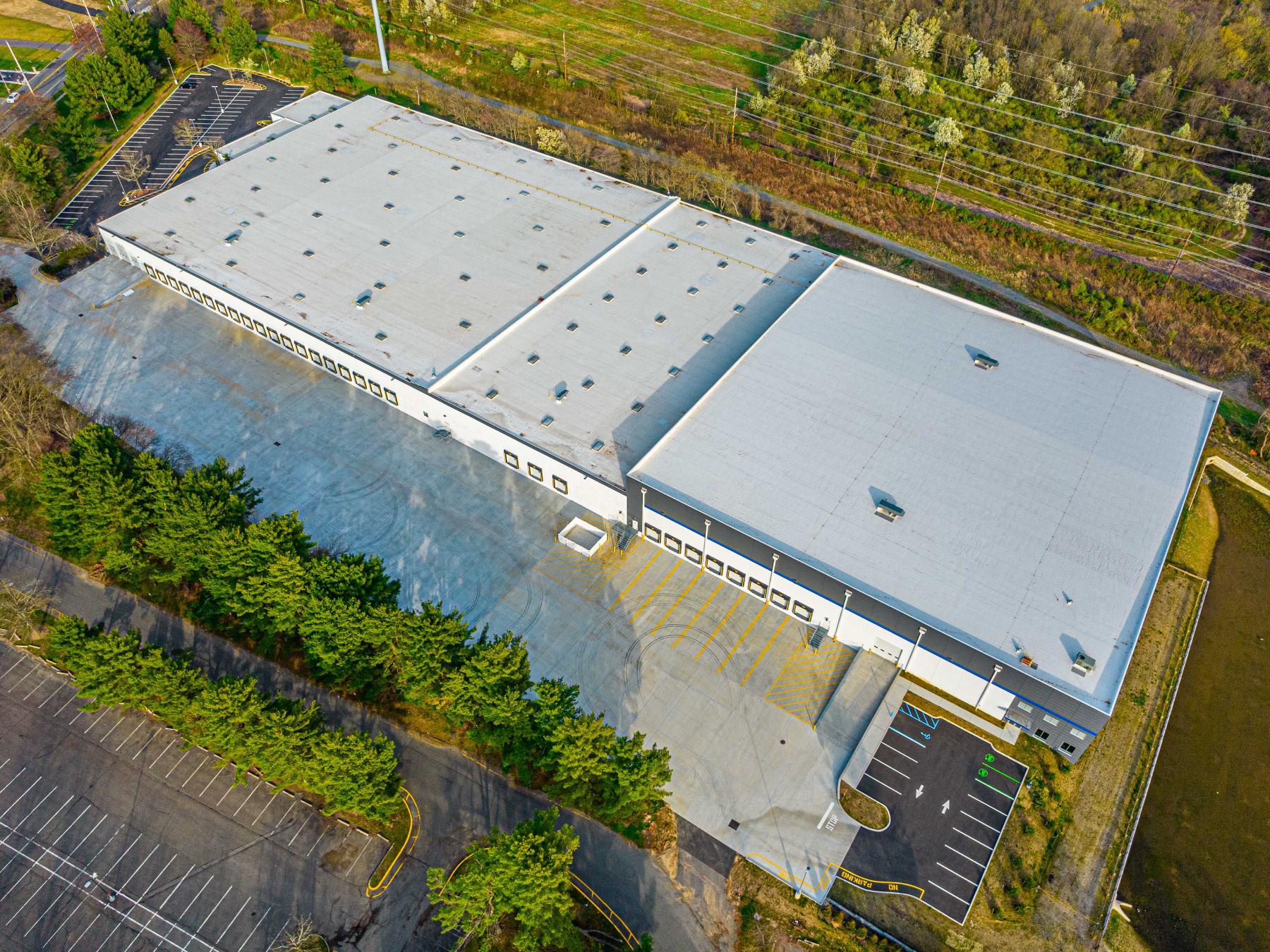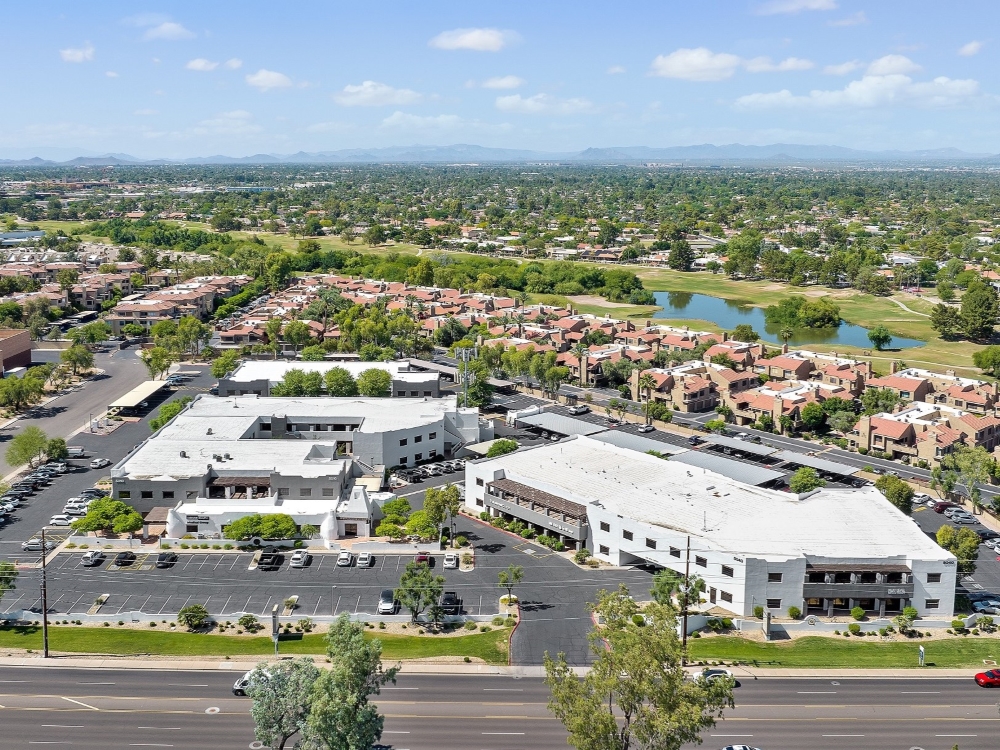CRE Lending in Seattle: Excellent Time to Be a Borrower
U.S. Bank Senior Vice President James Payne provides insight into the financing landscape of one of the country’s fastest-growing markets.
By Alexandra Pacurar
The Seattle market shows strong growth on all fronts—from employment to supply and rental rates—making it a competitive environment for lenders. In the Pacific Northwest city, where tech giants are expanding, borrowers get to be very selective when choosing lenders to finance their projects. Since joining the institution’s Seattle office in 2015, James Payne has led U.S. Bank’s commercial real estate practice. During this time, U.S. Bank has provided financing for numerous area mega-developments, including the new Google and Facebook campuses.
In an interview with Commercial Property Executive, Payne discusses commercial real estate lending trends and challenges, as well as the essential steps in securing a major deal.
U.S. Bank is a lender for several notable projects in the Seattle market. What are the complexities of financing such large developments?
Payne: For larger developments, it’s particularly important to stay ahead of the curve and for borrowers to reach out to their financial partners early and often. It’s very common—and advisable—to have preliminary conversations and dialogue with financial partners six to 12 months before the loan closes for these large development projects. We find this is beneficial to both the borrower and the bank, and it helps minimize surprises down the road. It goes without saying that offering very competitive market terms is a key component of every loan closing, especially in these large transactions.
What can you tell us about Seattle’s real estate lending environment?
Payne: The market fundamentals remain very strong. In many ways, Seattle has been in a gold rush period since 2010. It has been the fastest-growing city in the U.S.—with nearly 19 percent growth—and has experienced the largest single-family housing price appreciation in the country for 19 straight months, according to the Case-Shiller index. Strong job and population growth have continued, and that’s led to further demand and investment in the commercial real estate space. With such strong fundamentals, borrowers continue to have an array of capital options at their disposal.
In fact, it’s quite common for a borrower to have multiple financing options for each project. Loan growth has been challenging for the industry, so we continue to see a very competitive landscape for the well-located, desirable properties with top-tier borrowers. While interest rates have increased over the last nine months or so, loan spreads have come down, so it remains an attractive “all-in” interest rate for borrowers.
Land prices and construction costs have also increased, which is slowing down activity a bit. While banks and other financing providers are willing and able to lend, these rising costs are making it more challenging for borrowers to meet their financial return targets on new acquisitions and construction projects.
Is there a particular project that you were involved in and you would like to zero in on?
Payne: We are fortunate to be the lead administrative agent on two significant construction projects currently underway in the South Lake Union neighborhood of Downtown Seattle. The first is a mixed-use development with approximately 600,000 square feet of office, multifamily units and ground-floor retail. The office component is 100 percent leased to Google. The second is an office project of approximately 195,000 square feet that is 100 percent leased to Facebook. Both are being developed by Paul Allen’s Vulcan Real Estate. These are significant projects both from a real estate perspective and from the perspective of the number of jobs and tech talent they’ll bring to the market.
How did the changes in regulations and policies in the past year impact the lending environment?
Payne: There is no question about the impact that banking regulation and Dodd-Frank have had on the industry. The High Volatility Commercial Real Estate capital rules under Basel III require banks to hold higher reserves on loans with this classification. As such, there has been significant focus on each loan to determine whether it fits this definition, which, among other things, required a minimum amount of cash equity into each loan and which put restrictions on borrower cash distributions. While it’s still a bit too early to determine the full impact, the new reform act signed into law in late May could provide some relief to both borrowers and banks.
One of the outcomes of banking regulation has been the rise of debt funds in the commercial real estate lending space. The debt funds do not face the same regulatory requirements of a bank and, given that, can offer more aggressive loan structures to borrowers. Based on data provided by Green Street Advisors, debt funds and mortgage REITS originated approximately 10 percent of commercial real estate financing in 2017. Debt funds continue to provide very compelling terms to borrowers and are becoming a serious competitor to banks for commercial real estate lending.
What can you tell us about the trends and challenges in the financing landscape?
Payne: It remains an excellent time to be a borrower. There is healthy competition from various debt providers—banks, life insurance companies, agencies, debt funds, et cetera. With the spread compression that has occurred in commercial real estate lending this year, interest rates remain relatively favorable to borrowers, despite increasing underlying rates including LIBOR, Treasuries and Prime. Property cash flows (net operating income) and loan debt yields continue to drive loan-sizing parameters versus the LTC and LTV of the previous cycle. These factors are keeping leverage at a relatively reasonable level and generally ensuring that borrowers hold 25-35 percent equity in each property.
However, the vast amount of construction underway in many markets, especially in Seattle, is causing some challenges. For projects currently under construction, labor shortages and project delays are becoming commonplace. For projects looking to break ground, higher costs are forcing some to halt or require additional capital. Additionally, the entitlement approval process is taking longer. However, if performance remains steady, the market should be able to weather these issues. We remain focused on rising construction costs and construction delays, as well as the impact they are having on our borrowers and the resulting stabilization period for their properties.
What are your predictions for the capital markets going forward?
Payne: In the short term, I expect the market to continue to perform well. The banks’ defaulted/troubled loan inventory remains low, which is positive for the industry. As I mentioned previously, leverage remains at a reasonable ratio to borrower equity in each deal, and this should help the market withstand rising interest rates and cap rates in the near term. Banks will continue to strive for loan growth and attempt to canvas the market for attractive commercial real estate opportunities.
Loan demand might dip, however, given signs that we are entering a later stage in the cycle and concerns around land and construction cost increases. Overall, in top-performing markets like Seattle and in many cities around the U.S, there is active commercial real estate investment and U.S. Bank will continue to be a reliable financing source for investors and developers.
Image courtesy of U.S. Bank









You must be logged in to post a comment.